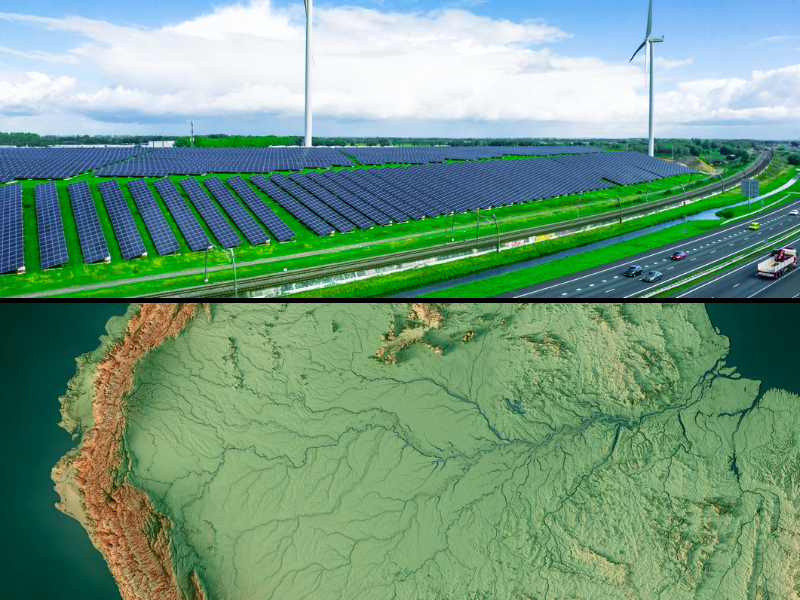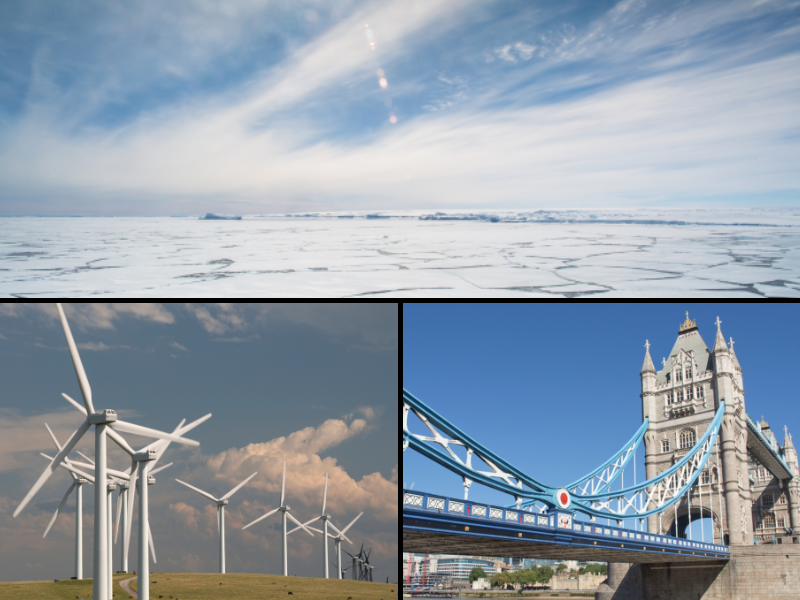The U.S. Environmental Protection Agency has achieved a major milestone in its 34-year battle against air pollution. As Administrator Michael Leavitt announced on September 22, “emissions have been cut by more than half (51 percent) since the Clean Air Act was passed in 1970.”
Unfortunately, recent polls show the public is unaware that things have improved at all.
Air Is Cleaner
According to EPA’s Clean Air Status Report: Three Decades of Progress, overall emissions of the six principal pollutants regulated under the law are now at less than half their 1970 levels. This includes declines of 53 percent for carbon monoxide, 24 percent for nitrogen oxides, 81 percent for particulate matter (22 percent for ultra-small particles), 49 percent for sulfur dioxide, 54 percent for volatile organic compounds, and 99 percent for lead. (See accompanying figure.) Though these emissions numbers are estimates only, actual measurements of ambient pollution also show significant improvement since 1970.
“Thanks to this progress, today’s air is the cleanest most Americans have ever breathed,” Leavitt concluded. He added, “the economy has grown by 176 percent during the same time,” suggesting “cleaner air and an expanding economy can coexist.”
New Data Part of Ongoing Trend
It may be misleading to attribute all of the air pollution gains to the 1970 Clean Air Act. Technological advances, as well as state and local regulatory efforts, were playing a role before Washington was involved. Nonetheless, Leavitt sees the pollution reductions since 1970 as evidence the Clean Air Act is working.
Regulatory measures already in place and scheduled to take effect in the coming years virtually ensure continued air pollution gains. These include motor vehicle standards, currently being phased in, that require new cars, SUVs, and trucks to be 70 to 90 percent cleaner than those currently on the roads.
Early indications for 2004, including an unusually smog-free summer, suggest this year has been an improvement over 2003.

Media Focus Deceives Public
Despite the good news, many people think air quality in the U.S. is not improving, or is getting worse. A recent poll conducted for the nonprofit Foundation for Clean Air Progress (FCAP) found only 29 percent of Americans believe the air has gotten cleaner, while 38 percent think it has worsened and 31 percent believe it has stayed the same. In other words, 7 out of 10 Americans are wrong about current air quality trends.
The reason is obvious. The public relies on the media for most of its information about air quality, and the media tend to focus on bad news. EPA’s announcement that pollution has been cut in half, like most upbeat news on the environment, was largely ignored by the press.
By contrast, gloomy claims from activist groups dominate the news coverage. For example, the American Lung Association’s alarmist State of the Air report receives massive attention every year as it hands out failing grades on air quality to half the country. Despite questions about the group’s methodology–the organization starts with EPA data but spins it to create a more negative picture–such studies have shaped public perception far more than actual air quality data.
Perception drives policy, and the majority of Americans who don’t believe there has been progress on air pollution continue to demand that more be done to protect them. In turn, EPA remains under pressure to make the Clean Air Act more stringent. Leavitt used the announcement of good news on the environment to reiterate his support for ambitious and costly new measures.
Leavitt said he hopes to finalize the Clean Air Interstate Rule (CAIR) before the end of the year. Applicable to coal-fired power plants across a 29-state region, Leavitt says CAIR will lead to an “approximately 70 percent reduction in sulfur dioxide and nitrogen oxides.” Given the progress to date in improving the nation’s air quality, and the inevitable future gains from measures already on the books and set to be rolled out over the next few years, there are serious questions about the marginal benefits of this or any other new rule.
Noted Joel Schwartz, a visiting scholar at the American Enterprise Institute, “Air quality has improved dramatically across the United States during the last few decades, and existing requirements will eliminate most remaining air pollution emissions during the next 20 years or so.
“Unfortunately,” Schwartz continued, “in addition to substantial pollution reductions, the Clean Air Act (CAA) and its associated Environmental Protection Agency (EPA) regulations and guidance have created a compulsively detailed administrative system that places process and centralized power ahead of results and devotes great resources toward small, expensive, slow, and ineffective pollution reduction measures, while ignoring opportunities for large, cheap, and rapid improvements.
“We can do better than this,” Schwartz noted. “We can have cleaner air, we can have it sooner, and we can pay less for it, in terms not only of direct costs, but also in terms of lost economic growth and limits on our citizens’ freedoms.”
Ben Lieberman ([email protected]) is director of air quality policy with the Washington, DC-based Competitive Enterprise Institute.
For more information …
The Environmental Protection Agency’s September 22 report, Clean Air Status Report: Three Decades of Progress, is available online at http://www.epa.gov/adminweb/leavitt/acidrain922.pdf.



